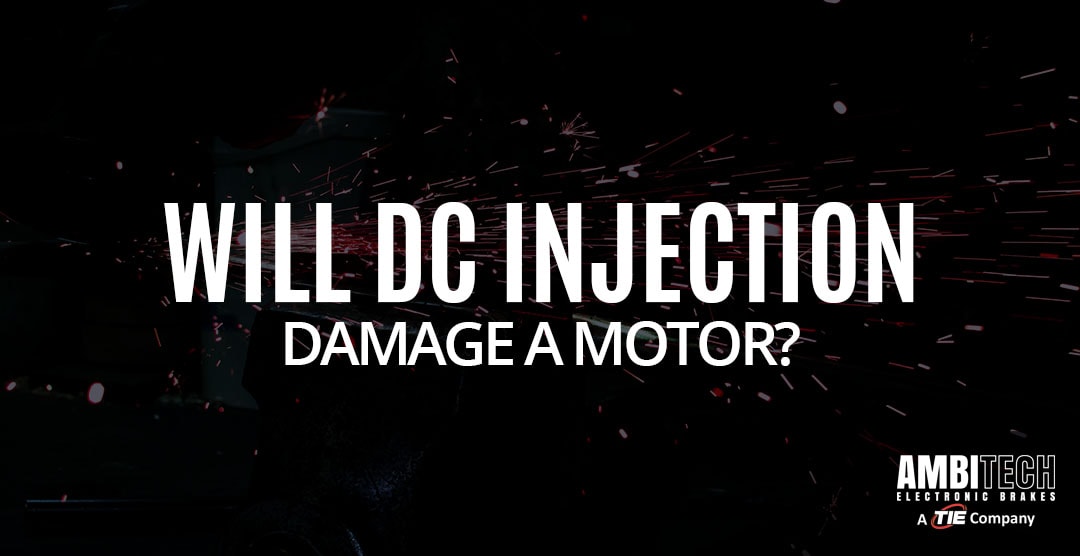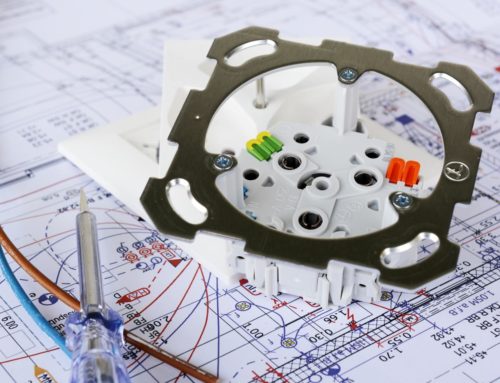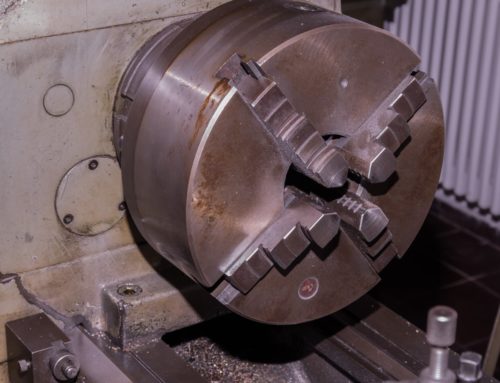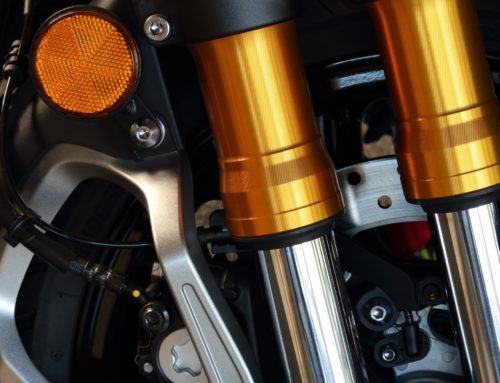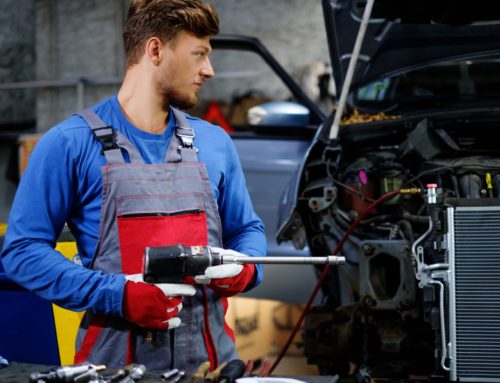It can be tough to find the best DC braking system to fit your needs. Ambi-Tech Electronic Brakes has been serving the industrial motor brake industry for over 50 years, and we know what it takes to stop motors and other applications safely and efficiently. In the following post, we address a common question from new users: “Will DC injection braking damage my AC motor?” Read on to find out!
How Does DC Injection Braking Work?
In small AC motors, DC injection braking is applied without physical contact to slow the motor and eventually stop it entirely. DC injection braking was developed as an alternative to friction braking in order to reduce wear and increase safety when using machinery. Its application uses DC current to “reverse” the AC current in the motor, which results in a frictionless slowing of the motor.
Why is DC Injection Braking Important?
DC injection braking provides a frictionless, smooth stopping process compared to traditional braking methods. For example, friction braking requires an actuation method to begin slowing the rotor. Depending on inertia, more or less friction must be applied to stop the rotor completely.
DC injection does not require direct physical contact with the motor to slow it, which decreases wear and tear on the machinery and increases safety for the operator. DC injection braking can be used as the primary braking system or as a part of a multi-brake system for a single motor or a piece of machinery.
In emergency situations, DC current braking systems stops the motor much faster and more efficiently than friction braking systems. DC injection braking is typically able to slow the motor quicker than the motor is able to accelerate to top speed, which can result in damage to the motor. However, in emergency situations, stopping the motor is priority number one to ensure the safety of the operator or those around the machinery.
Does DC Injection Braking Damage Motors?
The simple answer is yes; however, there are ways to avoid the two ways DC injection braking can damage motors.
The first possibility for motor damage is if the DC injection braking is applied for too long to slow or stop the motor. In essence, the DC current is “reversing” the rotor against the inertia the current created while the AC power was applied, which results in substantial heat emission. A simple way to avoid heat damage is to ensure your braking system is using a zero-speed sensor. This shuts the DC braking current off once the rotor is at a full stop.
Surge currents can occur when DC braking is applied prior to the AC current subsiding, which causes damage to contacts or fuses. You can avoid surge currents in two ways: By using a fixed time delay mechanism to control when DC current is applied to your motor, or by monitoring your AC power until it has subsided, then applying the short stop brake accordingly. You can also utilize a current control system that does not allow the simultaneous application of AC and DC currents, eliminating the potential for motor damage via a current braking application.

